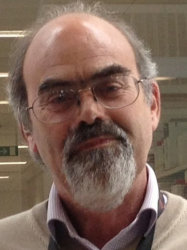BibTex format
@article{Marston:2017:10.1007/s12551-017-0264-8,
author = {Marston, S},
doi = {10.1007/s12551-017-0264-8},
journal = {Biophysical Reviews},
pages = {239--243},
title = {Obscurin variants and inherited cardiomyopathies},
url = {http://dx.doi.org/10.1007/s12551-017-0264-8},
volume = {9},
year = {2017}
}

